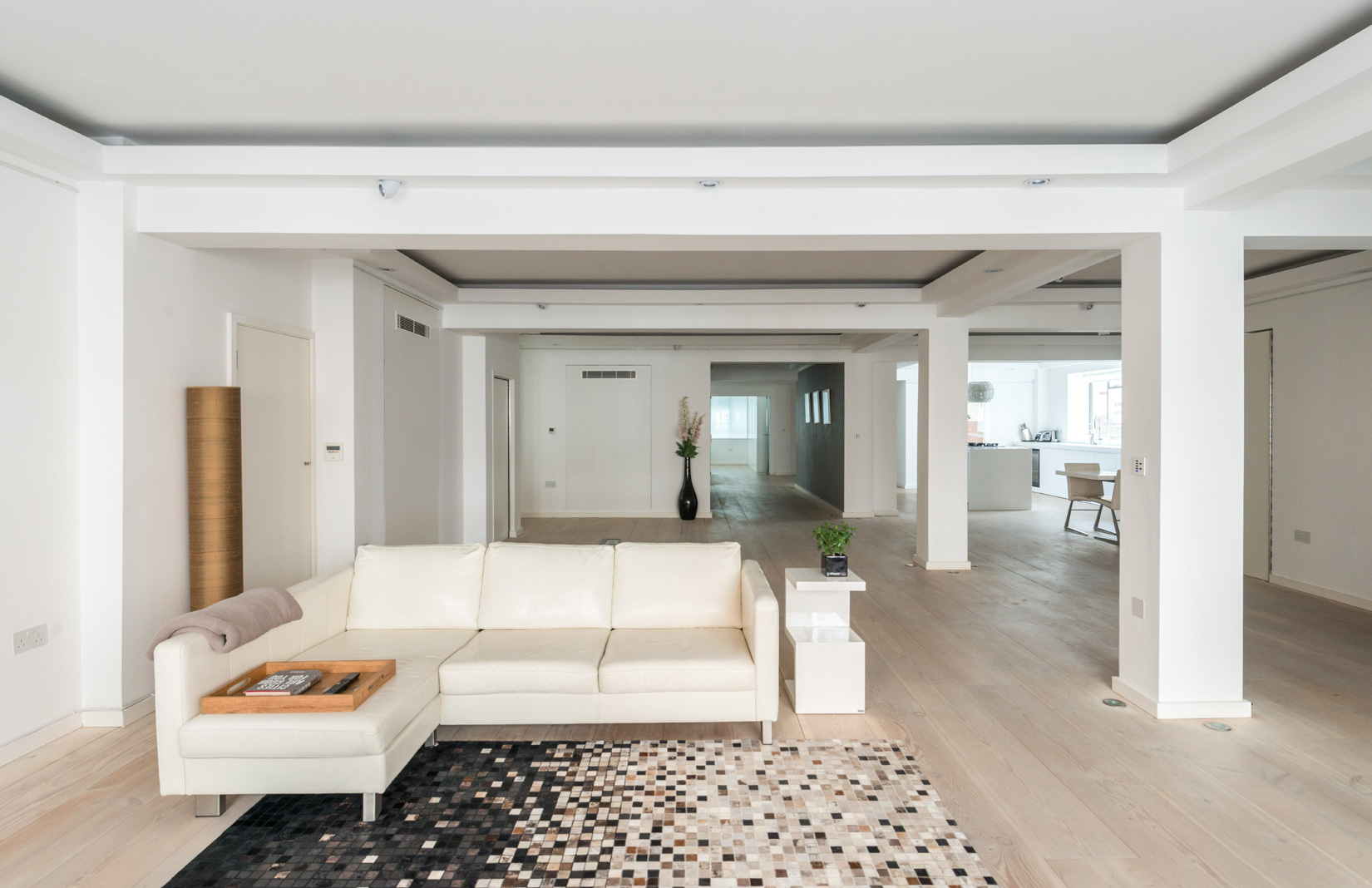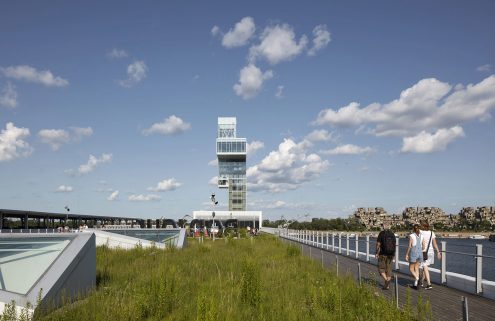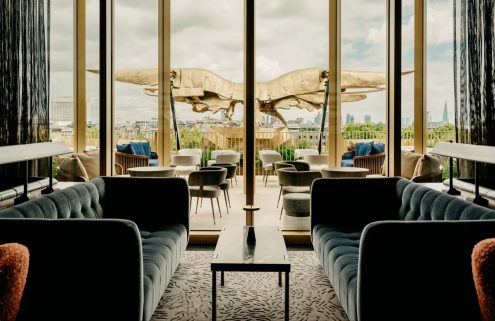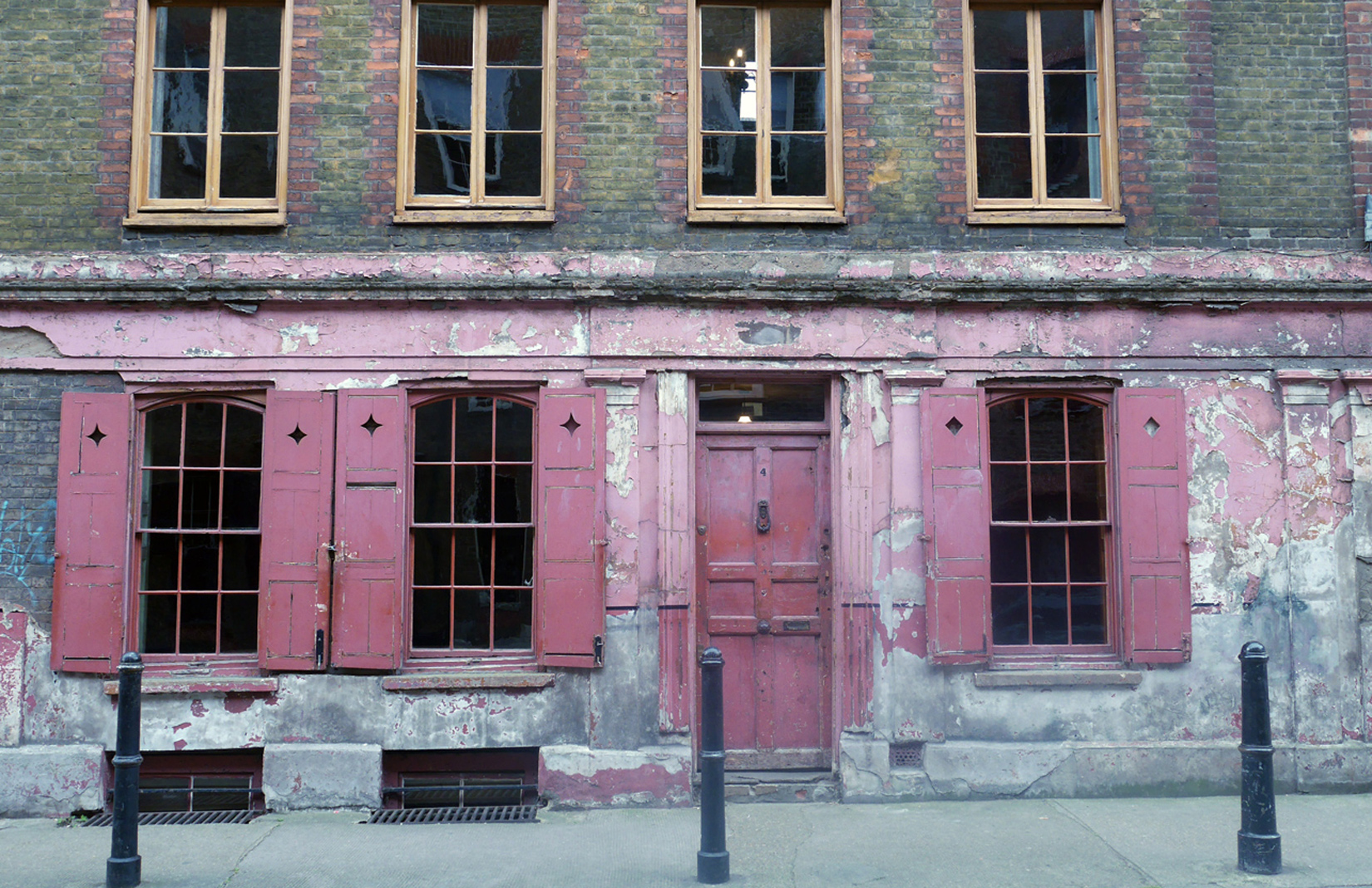
Photography: Cecilie Hjelmager
Spitalfields has become a key battleground in the fight to protect London from the maws of property developers keen to replace historic buildings with glass-and-steel towers.
Last week jubilant local campaigners were celebrating as Tower Hamlets Council threw out plans for a 320,000 sq ft office/shop/apartment complex on Norton Folgate. They feared not only the demolition of key buildings but the wider impact it would have on one of London’s most fascinating neighbourhoods.
Spitalfields’ special qualities are preserved – almost flawlessly – on Princelet Street, a narrow terrace of Georgian-era houses that has miraculously managed to escape both modernisation and the hipsterisation of nearby Brick Lane.
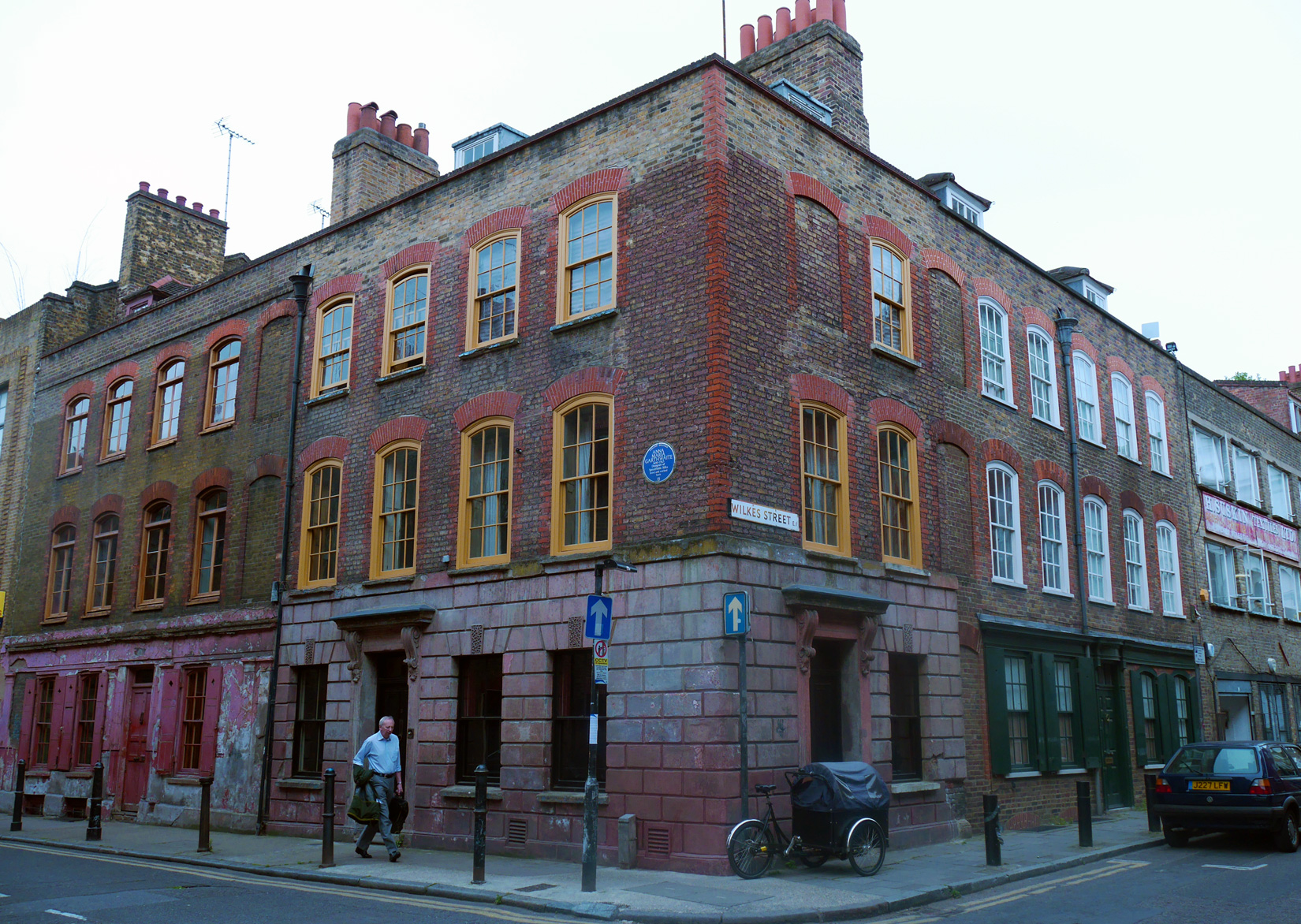
Ironically, while British Land has been accused of trying to ruin Spitalfields, Princelet Street was the creation of speculative developers in the early 18th century. The western side of the street was one of Spitalfields’ earliest developments, dating from 1705. Entrepreneurs Charles Wood and Simon Mitchell bought the land and leased it on at a peppercorn rent to master builders and craftsmen who erected a terrace of fine townhouses for onward lease and sale.
They aimed these properties towards ‘low-born’ Londoners and immigrants, particularly French Protestants (Huguenots) who arrived in London fleeing religious persecution by the Catholic regime at home. The Huguenots rented the houses as live/work spaces, setting up silk weaving studios on the upper floors in order to take advantage of the best light.
For almost 100 years Princelet Street flourished. By the early 19th century, however, the silk weaving industry was in crisis, undercut by cheaper imports from abroad, and the neighbourhood began to decline. Its once elegant houses were subdivided into lodgings and warehouses and began a slow, inexorable descent into slums.
Meanwhile, fresh waves of Jewish immigrants arrived on the street. In 1869 a synagogue – one of London’s first – was built in the garden of number 19. Miriam Moses, a great social reformer and the first woman mayor of Stepney, was born at number 17 in 1886.

Inside 4 Princelet Street, an early Georgian double-fronted merchant’s house. Its interiors have been conserved in their original state.
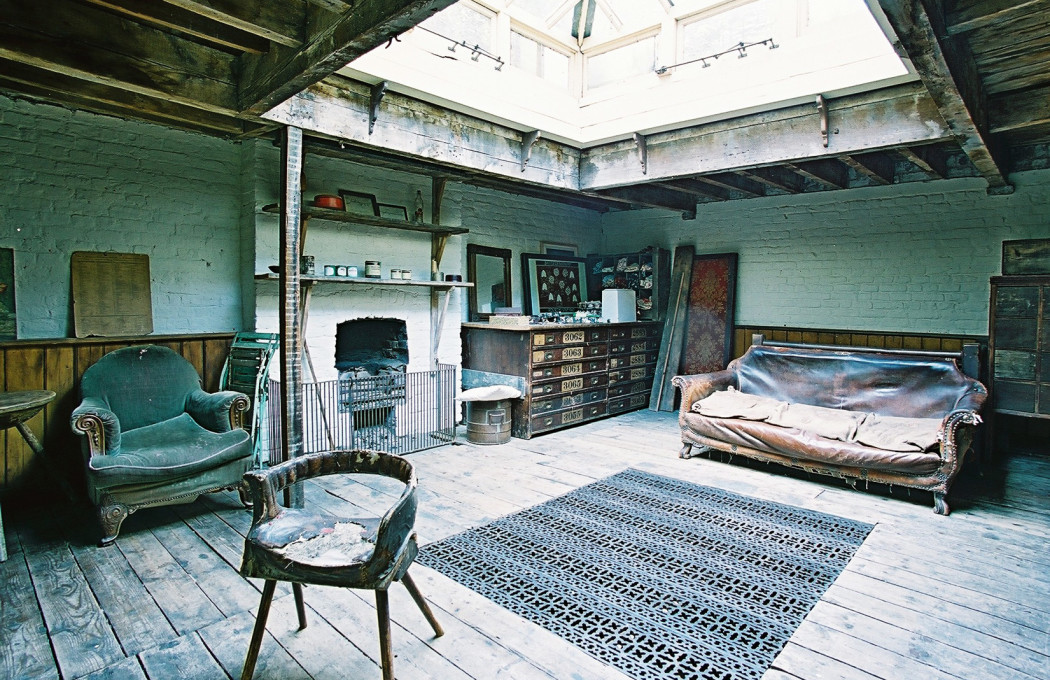
The building is used regularly as a film location and set for magazine shoots.
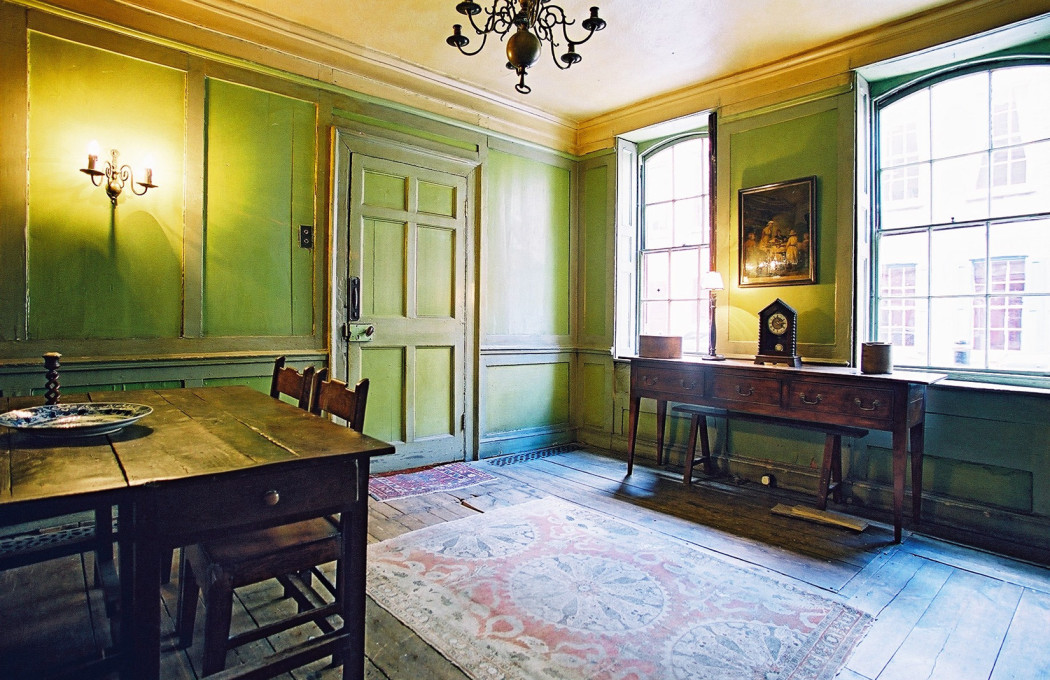
The drawing room of 4 Princelet Street
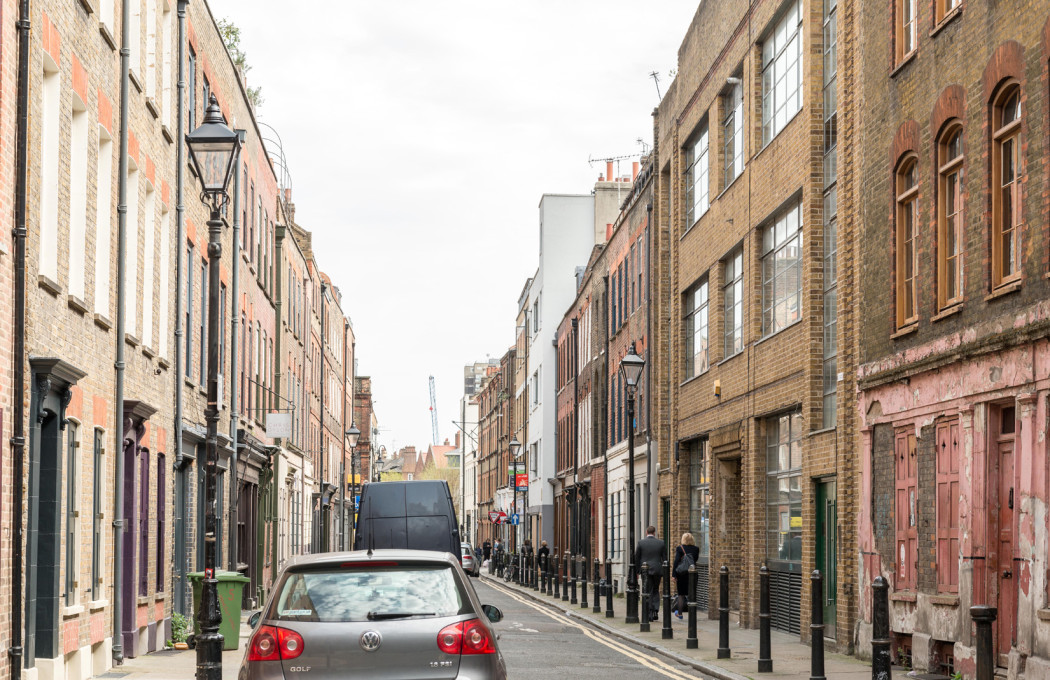
Photography: The Modern House
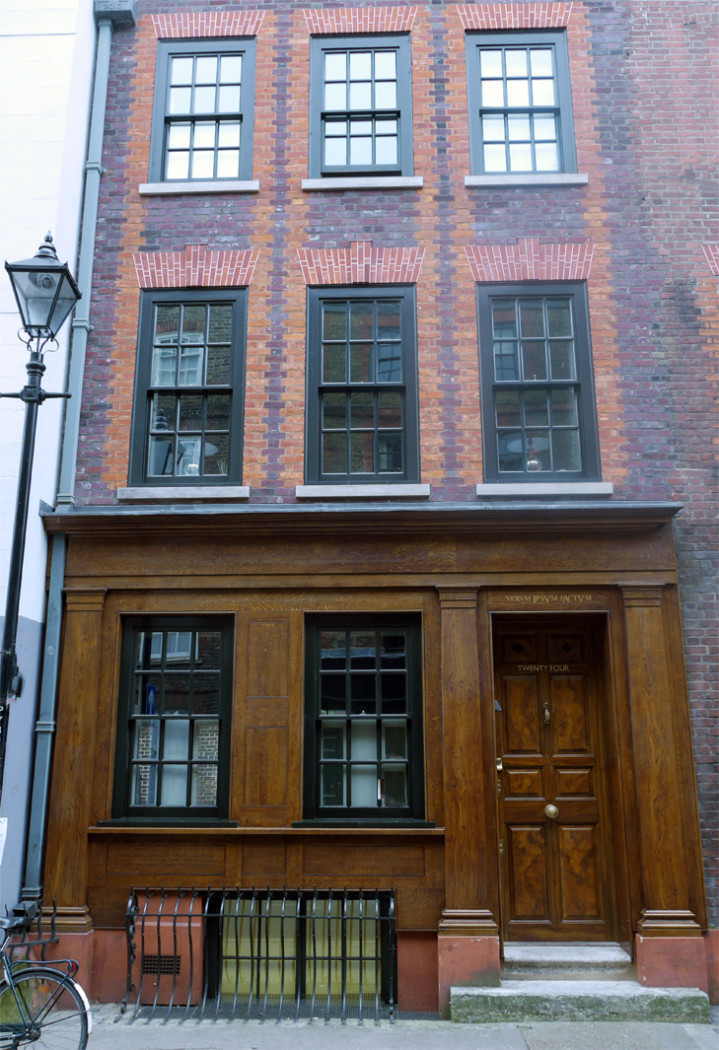
Photography: Cecilie Hjelmager
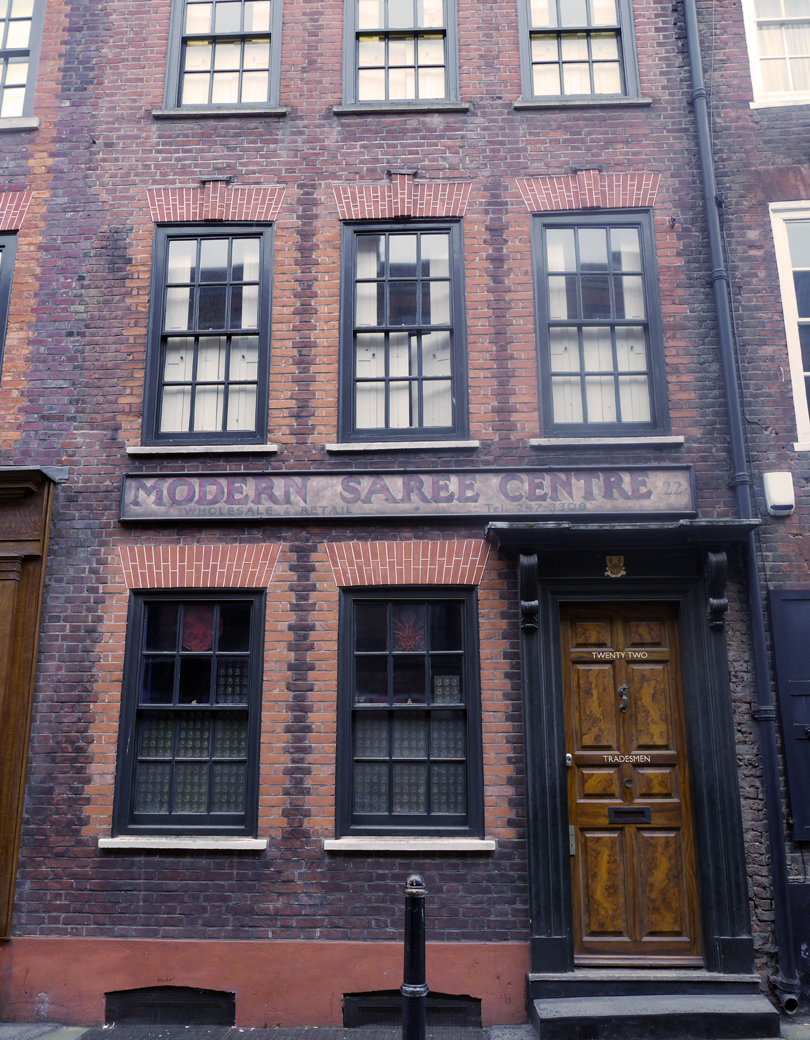
Photography: Cecilie Hjelmager
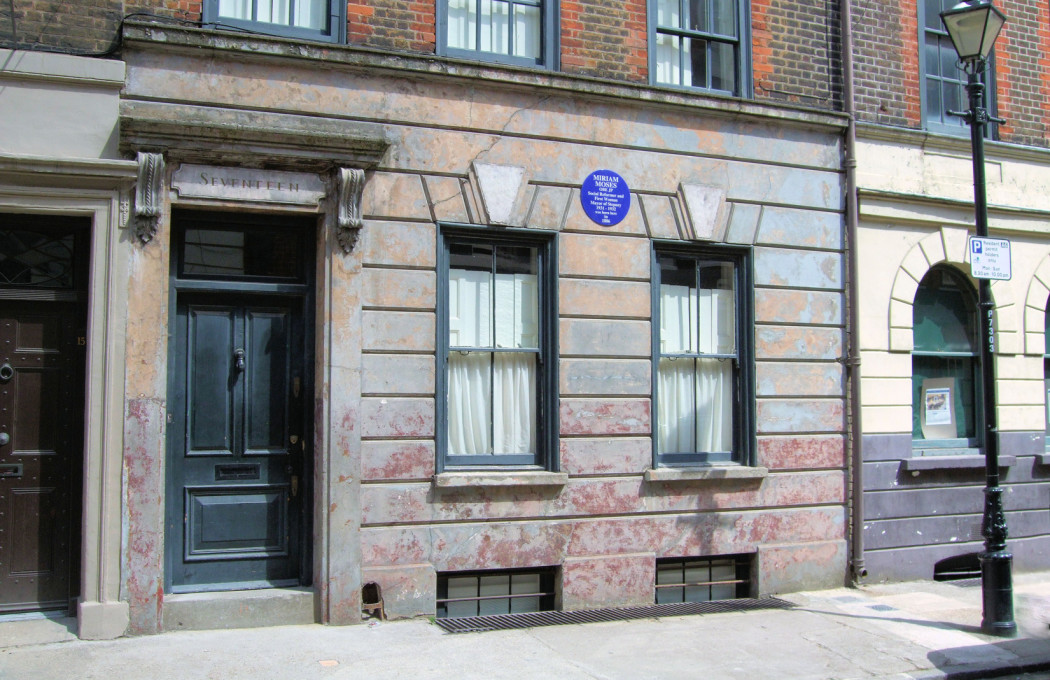
Miriam Moses was born on Princelet Street in 1886. She went on to become the first female mayor of Stepney in 1931. Photography: Jim Linwood
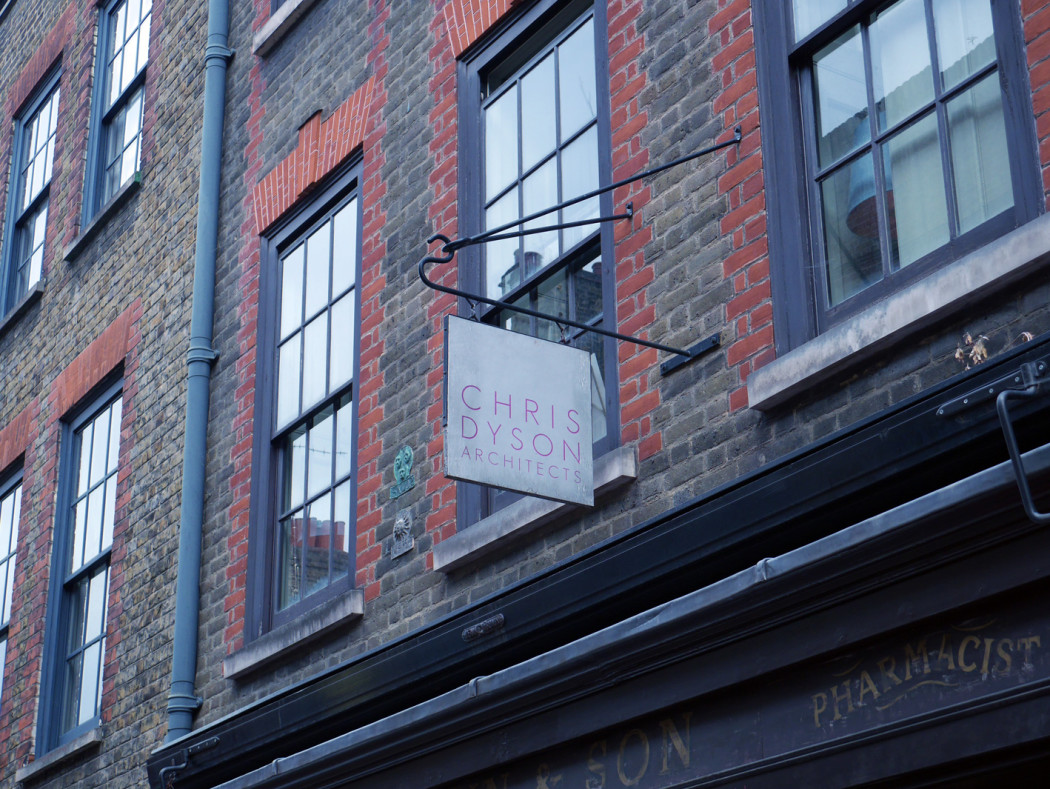
Chris Dyson Architects are among the street’s resident businesses.
Photography: Cecilie Hjelmager
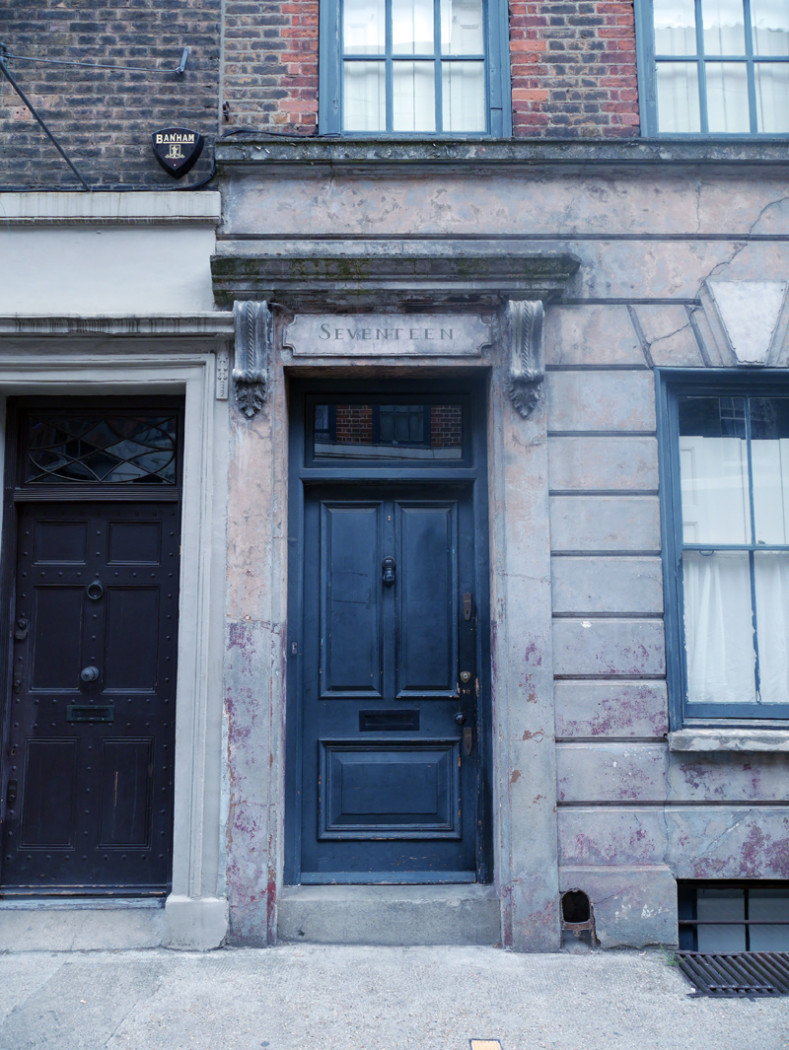
Photography: Cecilie Hjelmager
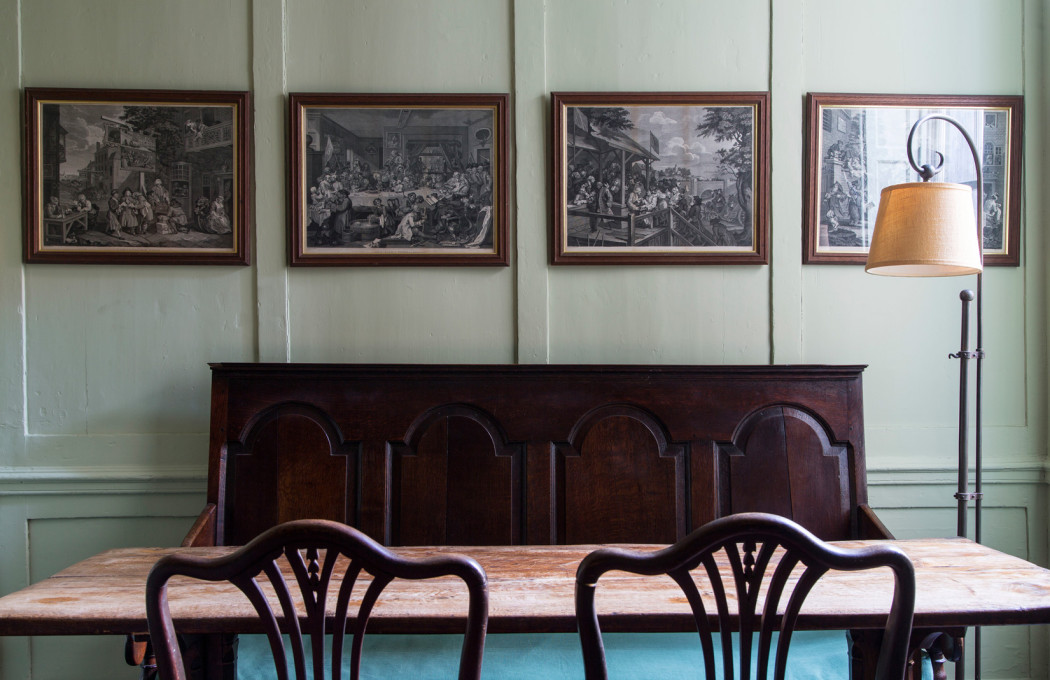
Though properties on Princelet Street rarely come up for sale it is possible to stay at Landmark Trust’s Princelet Street townhouse, number 13.
Photography: Landmark Trust
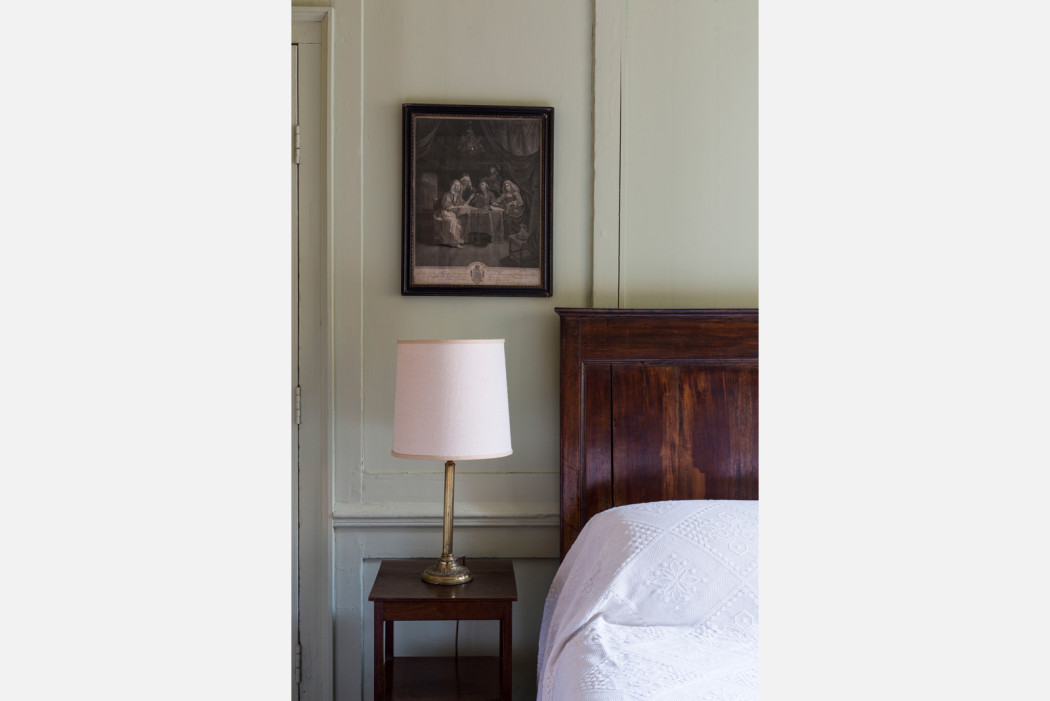
Photography: Landmark Trust
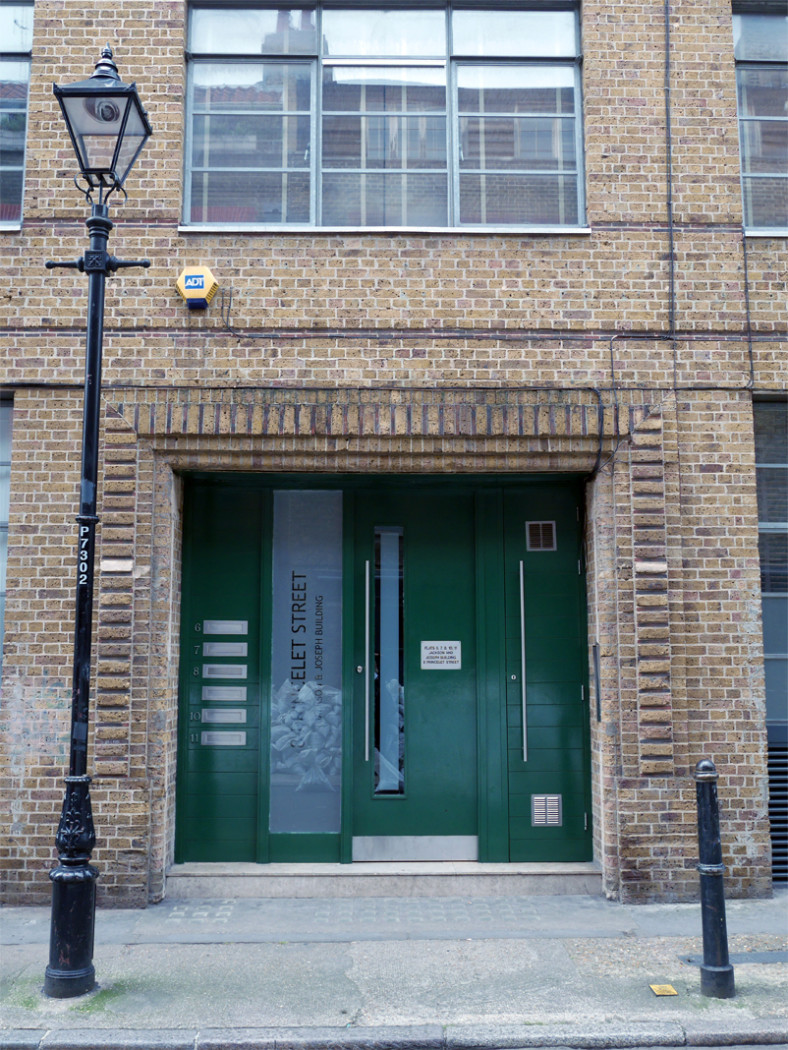
The east side of Princelet Street was known as Booth Street before WWI. It has undergone much transformation during the latter half of the 20th century.
Photography: Cecilie Hjelmager
After WWI, Princelet Street found itself elongated when Booth Street – the adjacent road east of Brick Lane – was renamed Princelet Street to avoid confusion. But although the original houses of Booth Street were laid out in 1681, they were largely demolished in the late 19th century and rebuilt with more modern terraces and, later, social housing.
Princelet Street’s slow decline continued until the 1960s and 1970s, when conservationists began to realise the architectural merit of its ‘Huguenot houses’. It was designated a Conservation Area in 1976.
Among its champions was Peter Lerwill, who purchased the dilapidated number 13 in 1984, renovated it, and lived there until his death before bequeathing it to the Landmark Trust, which now rents it out (four nights from £729, sleeps six).
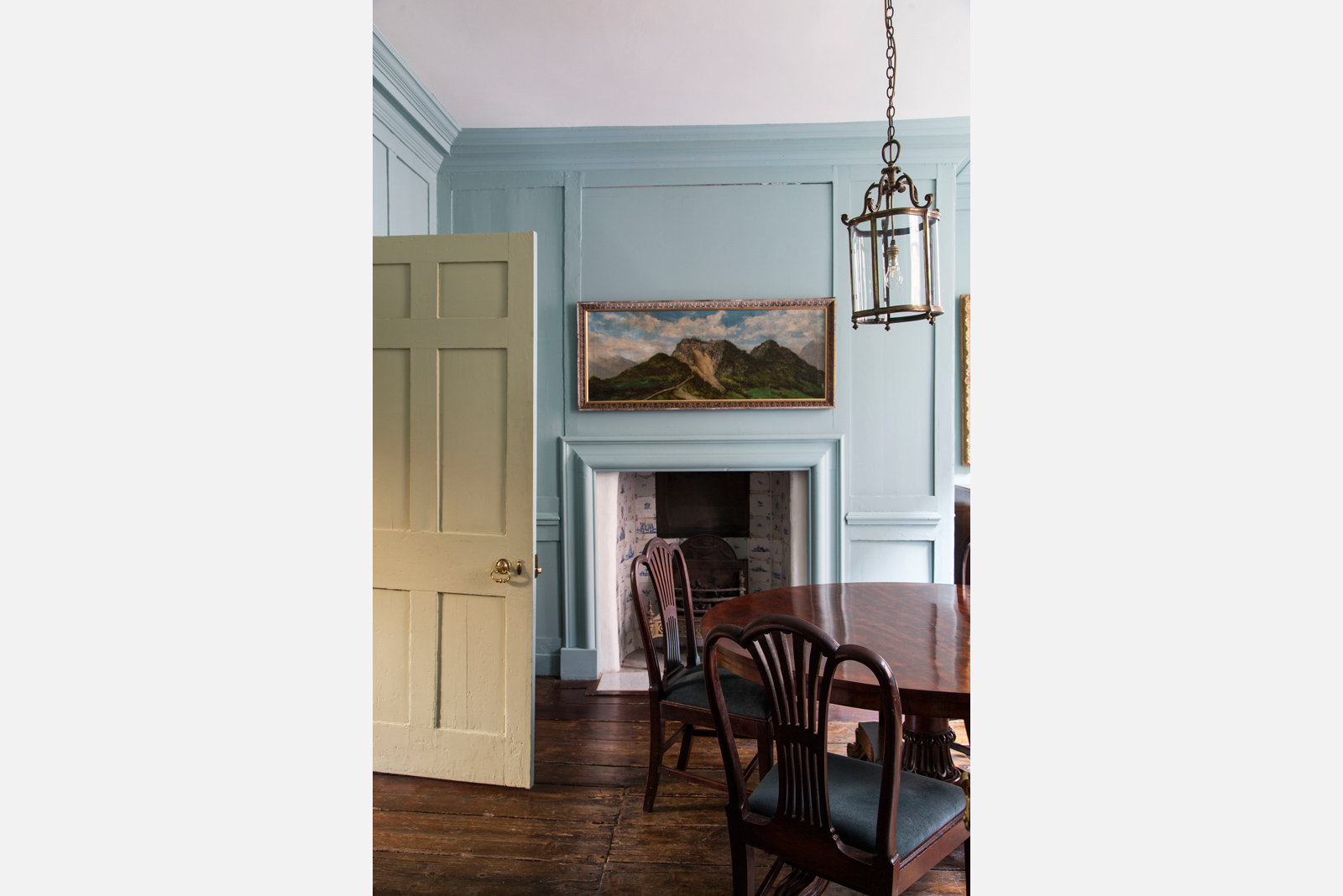
Photography: Landmark Trust
Another way of exploring Princelet Street is by visiting number 19, now a museum of immigration and diversity, which has been preserved (without being overly-restored) and has occasional free open days. The next is on the 5th and 6th September.
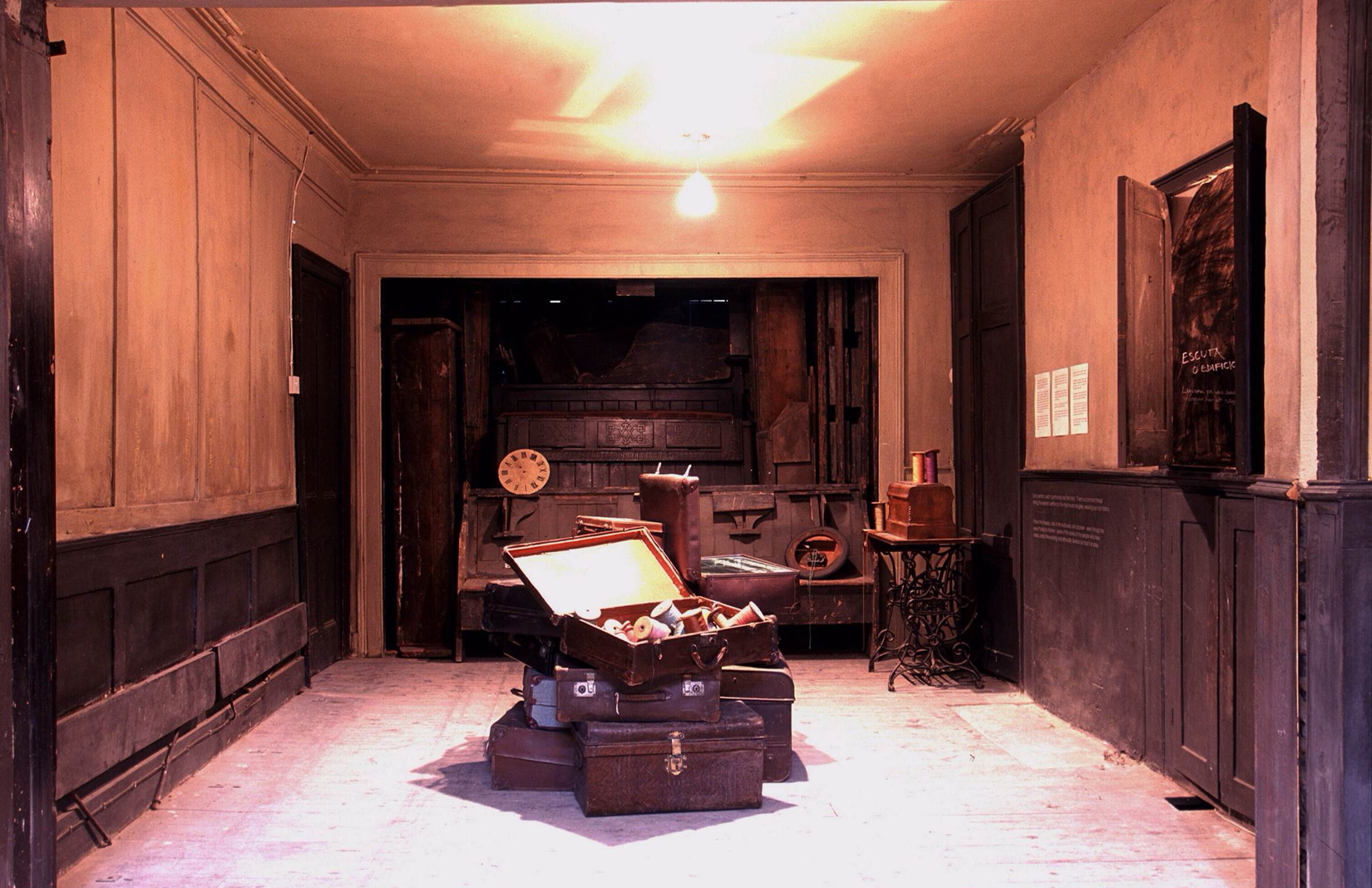
Photography: 19 Princelet Street
Living on Princelet Street, however, will require a seven figure budget.
A three-bedroom townhouse once owned by silk weavers will set you back £3.9m. (It is currently under offer with Space Station.)
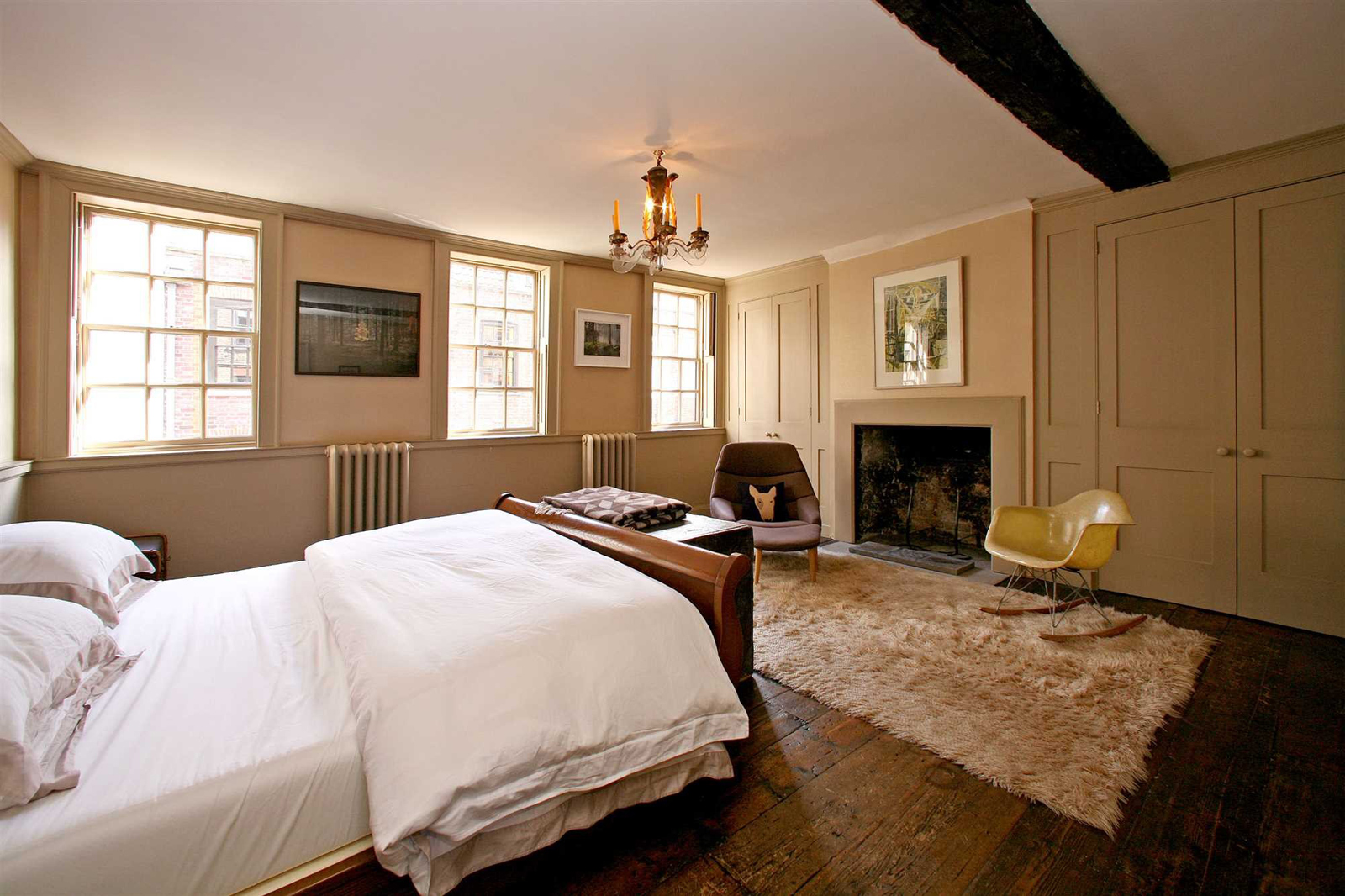
And a three-bedroomed apartment (2,411 sq ft) which occupies the first floor of a converted textile factory is on sale for £2.25m with The Modern House.
The price tags might be hefty, but you’ll be securing yourself a slice of London history.
